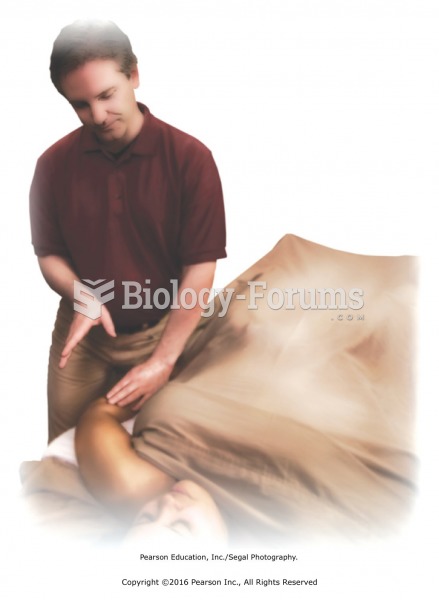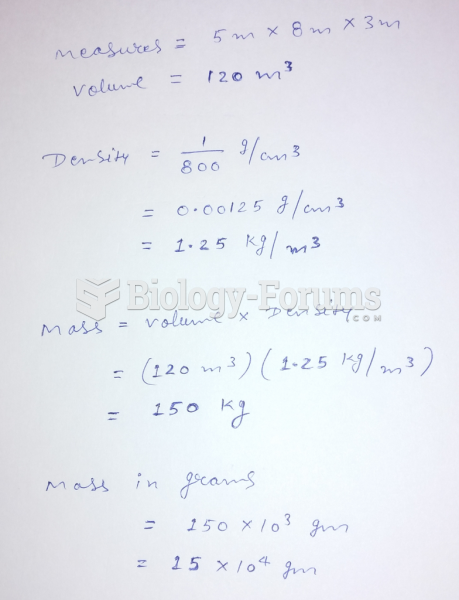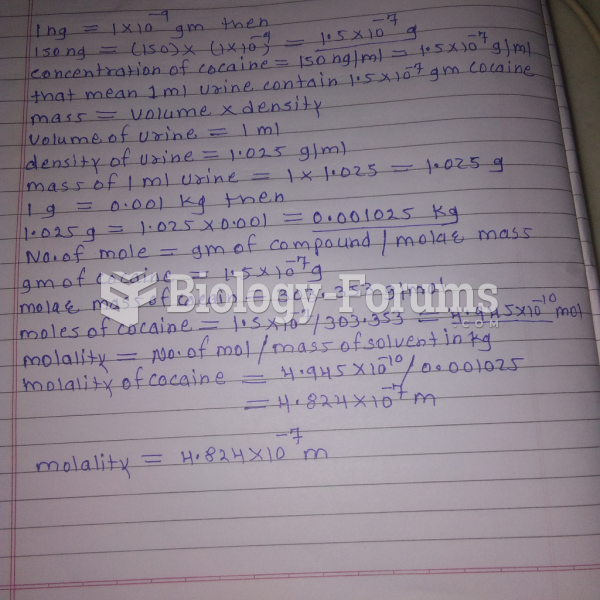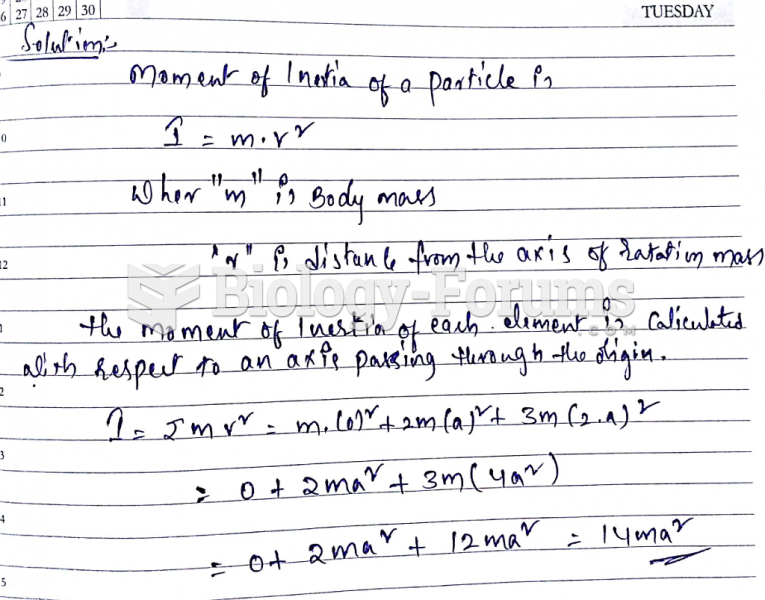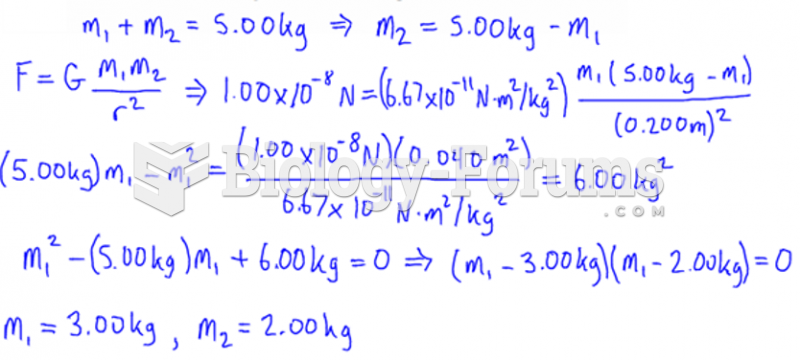|
|
|
For about 100 years, scientists thought that peptic ulcers were caused by stress, spicy food, and alcohol. Later, researchers added stomach acid to the list of causes and began treating ulcers with antacids. Now it is known that peptic ulcers are predominantly caused by Helicobacter pylori, a spiral-shaped bacterium that normally exist in the stomach.
In the United States, there is a birth every 8 seconds, according to the U.S. Census Bureau's Population Clock.
A seasonal flu vaccine is the best way to reduce the chances you will get seasonal influenza and spread it to others.
Illicit drug use costs the United States approximately $181 billion every year.
Women are two-thirds more likely than men to develop irritable bowel syndrome. This may be attributable to hormonal changes related to their menstrual cycles.


